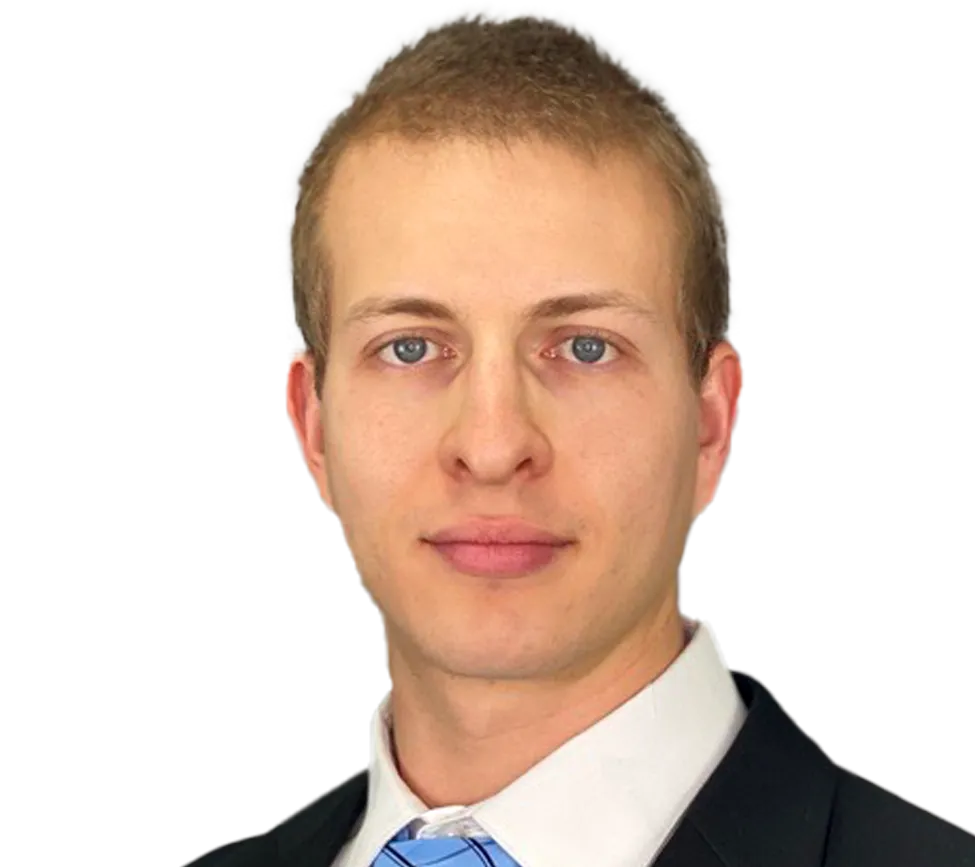

- Ph.D., Physics, University of California, Santa Barbara, 2023
- M.A., Physics, University of California, Santa Barbara, 2021
- B.S., Physics, California Institute of Technology (Caltech), 2018
- Jack Kent Cooke Foundation (JKCF) College Scholarship, 2014-2018
- Len DeBenedictis Graduate Fellowship, 2021
- Society of Automotive Engineers (SAE)
Dr. Koszegi is a theoretical particle physicist with experience in both rigorous mathematical analysis and computational techniques. He leverages his fundamental physics expertise to lend a unique perspective on clients' technical challenges, including circuit design review, failure analysis, component- and system-level testing, and ADAS testing. He also has extensive teaching experience. Dr. Koszegi utilizes his broad theoretical background, combined with laboratory and experimental training gained from his teaching appointments and undergraduate education, to efficiently identify, examine, and resolve the salient details of the project at hand.
Prior to joining Exponent, Dr. Koszegi obtained his Ph.D. from the University of California, Santa Barbara. His research background covers a wide range of physics beyond the Standard Model, including particle phenomenology, discovery potential at future experiments, early universe physics, and machine learning applications at colliders. On the theoretical side, he has studied the strong CP problem, muon colliders, and early universe phase transitions. On the computational side, Dr. Koszegi used machine learning methods to discriminate signal and background events in simulated particle collider data. For this project, he integrated mathematical analysis with extensive troubleshooting to enhance the theoretical robustness and resource efficiency of his team's code implementation.
Additionally, Dr. Koszegi performed research in experimental condensed matter physics and materials science laboratories as an undergraduate, from which he gained valuable exposure to cryogenic systems, X-ray diffraction (XRD), and scanning electron microscopy (SEM). Throughout his academic career he served as a teaching assistant for numerous theory and lab courses, at both the undergraduate and graduate levels. He also served as a teaching associate (instructor of record) for an undergraduate course in advanced quantum mechanics while at the University of California.
Giacomo's recent insights
